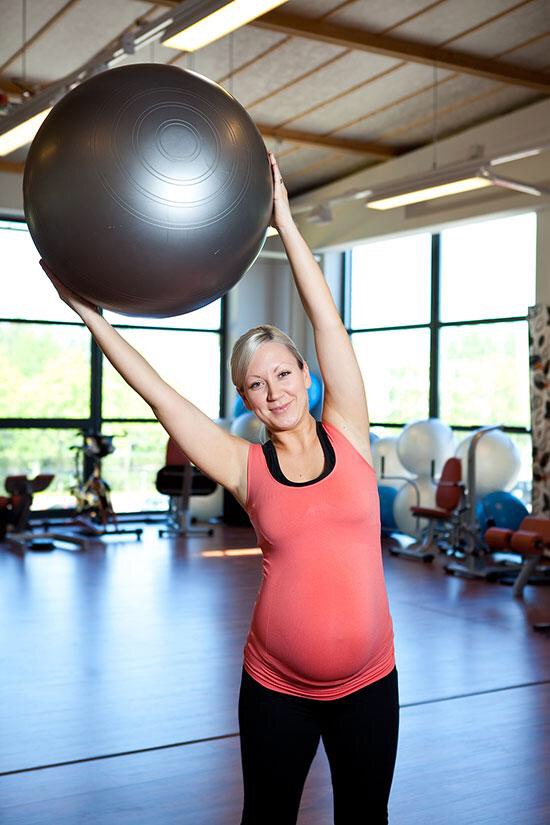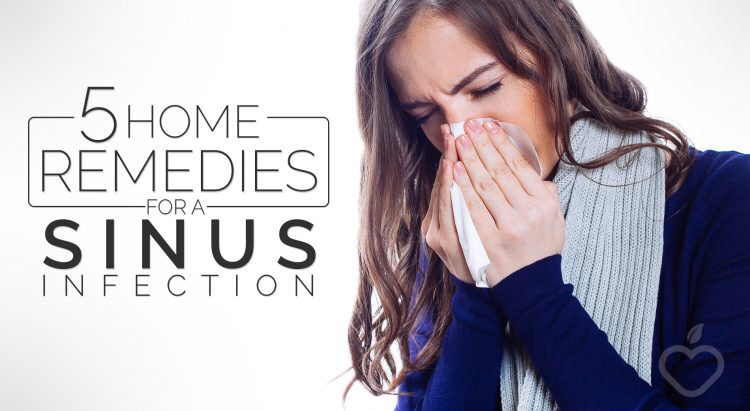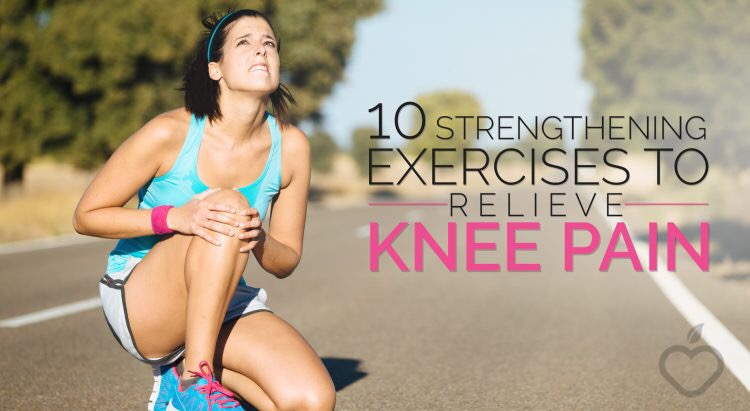by Megan Senger on Apr 14, 2014
A woman’s body will change more in 9 months of pregnancy than a man’s will in his lifetime—and she needs an exercise program to match the transformation. So says maternal exercise expert Farel Hruska, national fitness director of FIT4MOM® (formerly Stroller Strides®) in San Diego. “The biomechanics of motherhood are unique and specific,” Hruska explains. “A mom-to-be will need to master strength, agility, balance, speed, acceleration, deceleration, directional change and rotation . . . all with load that increases every day.”READ MORE







